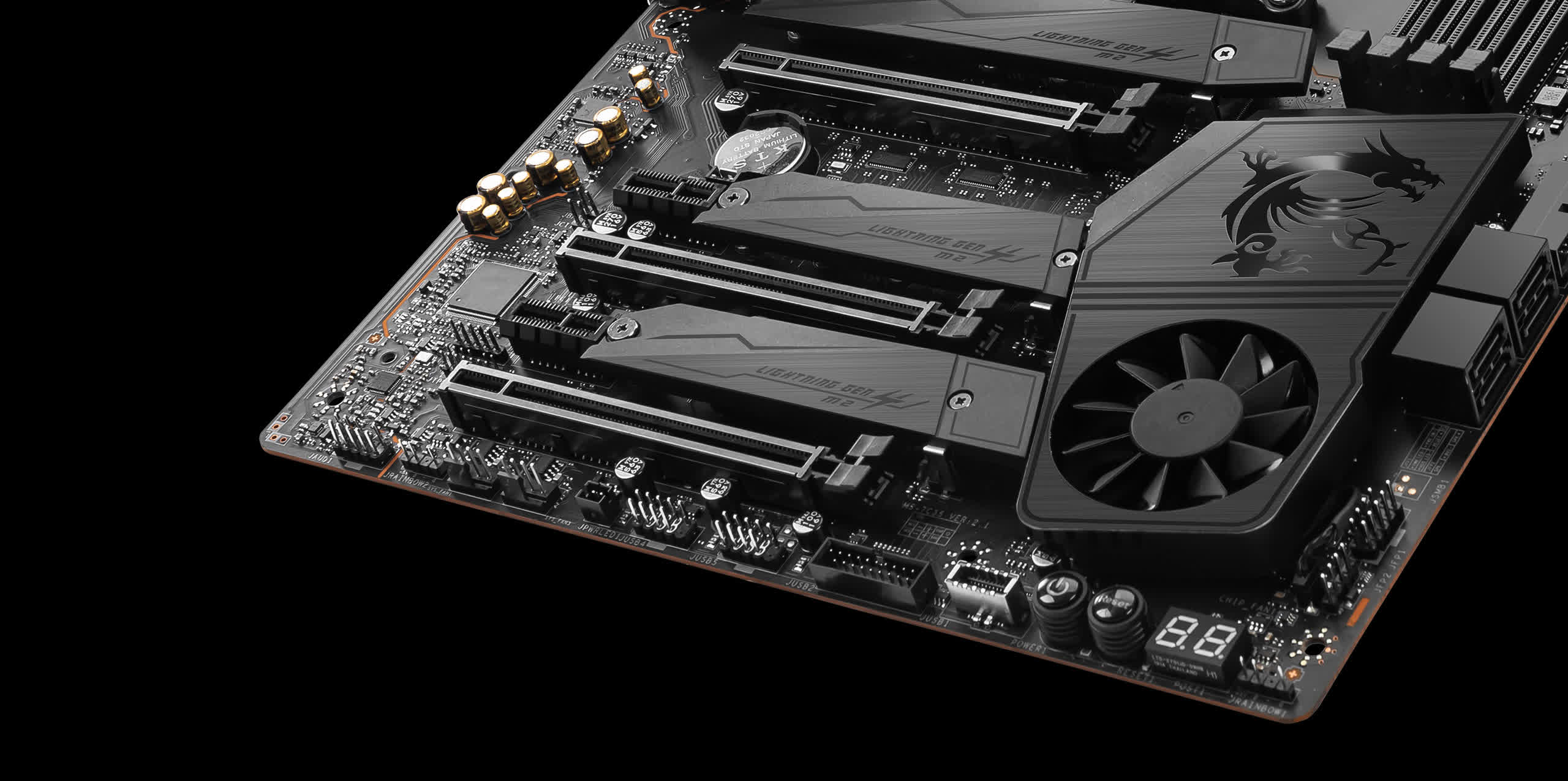Appreciate this in depth look at DLSS 4 and look forward to hopefully seeing some performance/image quality testing with the transformer model across generations. The transformer model certainly seems better so it'll be interesting to see if the quality can be dropped a level on it to gain back performance losses and maintain the visual upgrade.
To me it seems like there are largely two issues with FG as a technology right now:
- The added latency which while it's linear in scaling does require higher native frame rates in many applications.
- The way dynamic images are dealt with can be extremely jarring with things like lighting.
The first one isn't particularly important from a usage situation, but has been extremely abused in marketing. Generally speaking so long as you can get a high enough base frame rate to be comfortable input latency wise it should be completely negated. The second is a lot bigger problem which definitely will require changes all of which may not be possible from a video card/software standpoint and may require games themselves being approached differently.
Where I see frame generation being a big deal is as we're seeing higher refresh rate displays. Personally speaking I'm good with 60-120 fps for gaming and am considering a 240Hz UW display so utilizing something like frame generation would make sense in a lot of titles. Seeing as there are already 240Hz 4k displays and this is likely to just get higher the technology itself is certainly here to stay.
I think it was GN who tested the old FG vs the new FG with a couple of the titles that required driver override for DLSS 4, but already had DLSS 3.0 support. It seemed like the new model was faster, and also running on the 40 series (unless there was something else at work).
@JarredWaltonGPU Just to follow up on the FrameView and whatnot from the other thread:
I don't think anything else can interface with PCAT. I think trying to get away from software and vendor solutions has likely driven the expansion of Elmor's testing equipment.
MsBetweenDisplayChange has been a part of PresentMon for a long time it's just that nvidia made unspecified changes to it and implied only FrameView works correctly. It seems like PresentMon shifted to the metrics being based on CPU as the reference point back when 2.0 was released.




